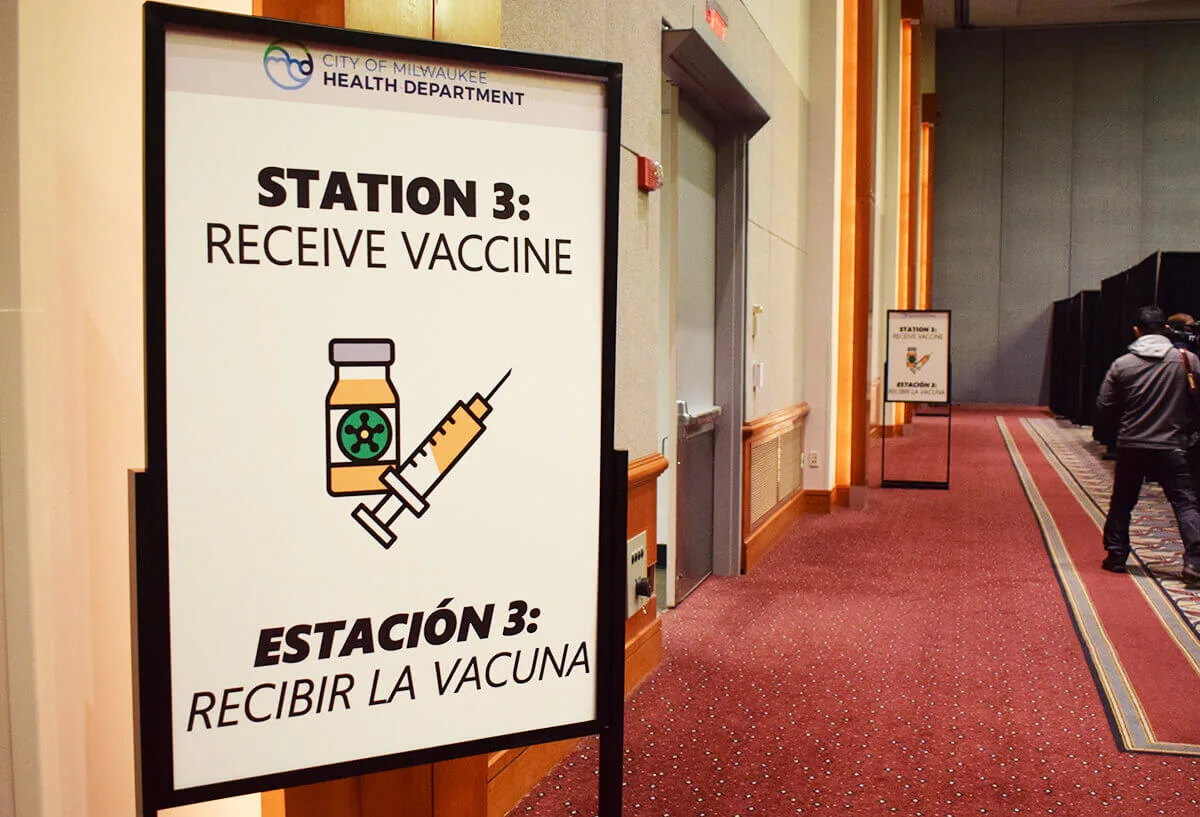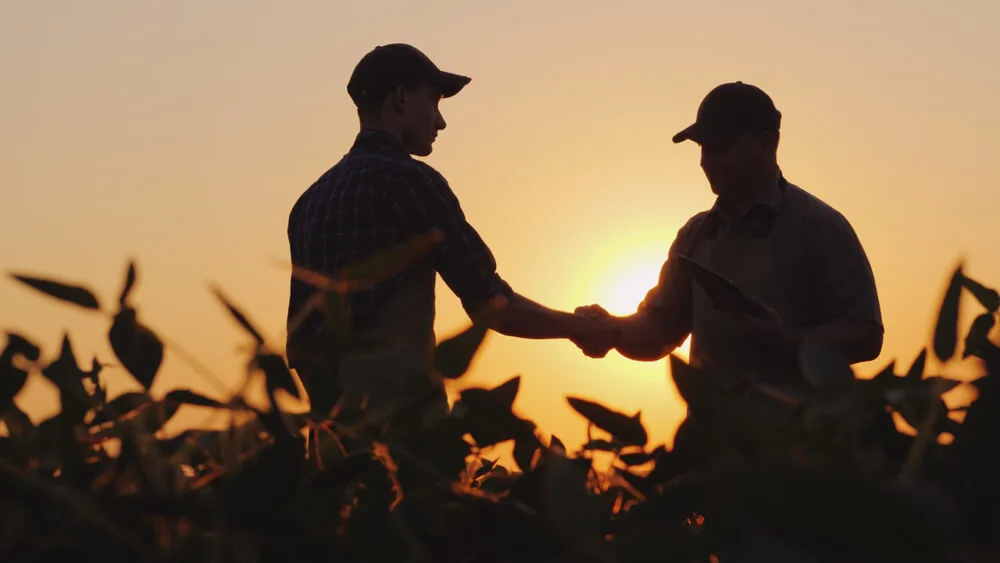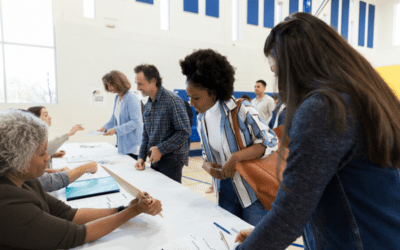
#image_title
Science communicators see more people using unreliable information sources, so it’s no longer enough to say, “Just do it.”
Wisconsin’s COVID-19 vaccine rollout has been a rollercoaster; starting out slow in the beginning, eventually ramping up and enjoying a strong period of full speed—lots of shots in lots of arms. But the ride has slowed significantly, and health officials and communications experts are brainstorming ways to persuade a hesitant slice of the population to help reach herd immunity and an end to the coronavirus pandemic.
Julie Willems Van Dijk, Deputy Secretary with Wisconsin’s Department of Health Services (DHS) acknowledged the challenge during a press briefing last week.
“The people who felt most at risk are likely the people who have already received their vaccine so we are now talking with people who may certainly be interested in getting a vaccine, but it’ll be on their own timetable,” Willems Van Dijk said. “The most important thing is that we continue to give people good information and easy access to the vaccine so they can make the best decision for them.”
Why wait?
While that can be frustrating for those who are eager to return to “normal,” Dominique Brossard, chair of the department of Life Sciences Communication at UW-Madison said, it shouldn’t be surprising, given how unusual the circumstances are.
First, vaccine hesitancy exists on a spectrum, from those who strongly identify as anti-vaccine and cannot be convinced otherwise to those who probably do want a vaccine but don’t see themselves as high risk so it’s not a high priority, or want to see how the vaccine affects others first.
Most people interact with vaccines for diseases they are familiar with as part of their regular doctors’ visits and an established routine. The rollout of the COVID-19 vaccine was just the opposite.
“It’s a new vaccine for a disease that people don’t know in a context that people don’t understand,” Brossard said.
The COVID-19 vaccines were introduced during a time period of high stress and uncertainty, which Brossard said makes risk, from a psychological standpoint, seem greater. Under those circumstances, hesitancy, from her perspective seems, “quite understandable.”
“People are cautious in situations that are uncertain,” Brossard said. “People want to know more before embarking on something that looks like it’s not as clear-cut, at least as presented. And honestly, I think potentially there may have been, you know, some communication that didn’t happen as well.”
For example, she pointed to how when the vaccine was first announced, a lot of media coverage focused on how quickly it had been developed, which prompted some to question its safety. She also pointed to coverage of vaccine side effects, blowing their frequency and magnitude out of proportion compared to the risk of contracting COVID-19. By contrast, because of the high risk of contagion, journalists have been limited in their ability to show the impact of the virus on individuals and their communities.
Earlier: The First Frontline Worker Vaccinated in Wisconsin Is a Black Woman. That Matters in the Fight for Trust.
“It’s kind of like a hidden disease to some extent,” Brossard said. By contrast, she pointed to the polio outbreaks, which frequently left survivors with visible physical limitations, such as paralysis.
“Those stories were much more vivid,” she said.
Because of this lopsided perception of COVID-19, Brossard in her research has found that some people are more concerned about the vaccine side effects than catching COVID. While there is a plethora of evidence showing the vaccines are safe and effective, “what matters in this context is not really the facts; it’s the perception people have.”
Because while vaccines may seem like a decision people would make based on facts and logic, the truth is that decision-making is more heavily based on emotions and community, even in the cases of people who do decide to take the vaccine. Back to the polio comparison, Brossard pointed out that that immunization campaign used celebrities and community leaders to normalize vaccination.
Sharon Dunwoody with UW-Madison’s communications department specializes in science journalism and how it affects the public’s perception of risk and controversial topics. Dunwoody pointed to research that shows fewer and fewer people are relying on reliable sources that provide in-depth information, such as magazines or newspapers.
“So not surprisingly when a vaccine hesitant individual tells you that she doesn’t know enough, she’s probably correct,” Dunwoody said.
Instead, more people are receiving information or misinformation through social media and in-person social ties. And unfortunately, during a polarizing election during which the pandemic and attempts to mitigate it were politicized, people sought out information sources that confirmed their worldview and dismissed others. Dunwoody said research has found that partisanship is a significant predictor of where people go for information. The best way to get past someone’s tendency to choose their own facts to confirm their beliefs, is one-on-one conversation.
That is the approach Prof. Bassam Shakhashiri, a chemistry and science educator at UW-Madison, has been employing for spreading science literacy. He says science literacy does not require detailed knowledge in all areas of science, but “a broad appreciation and understanding of what science is capable of achieving and what science cannot accomplish.”
“It enables people to make informed choices or be skeptical, and also to reject shams, crockery, unproven conjecture, and especially avoid being bamboozled into making foolish decisions where matters of science and technology are concerned,” Shakhashiri said.
One of the best ways to reach people is for them to have those conversations with a source they trust, whether that’s a family doctor or a trusted member of their community. And those conversations need to be open and respectful, Shakhashiri emphasized, not conversations where one party piles facts onto the other.
“Some of them are ignorant of the facts, but it’s not really ignorance alone. It’s a matter of attitudes and attitudes don’t change overnight,” Shakhashiri said. “The first purpose of a conversation is to have another conversation. And that means that we listen to what’s being said, we are respectful of fellow human beings.”
Which is why Brossard said she’s been frustrated by the rhetoric from the left on believing or trusting science, when research has found that the majority of Americans do.
“We’ve done research looking at trends of trust in science and it’s been consistently high,” she said. “I think it’s a simplistic and unproductive way to look at a complex situation. And also not respectful of people, that they have the right to be hesitant.”
Reaching out
While one-on-one conversation is most effective, for public health officials eager to get vaccines in arms, that method is expensive and time-consuming. Public health officials across the state said they’re seeking any and every way to convince people to be vaccinated against the contagious, deadly virus.
In some locations, county health departments are partnering with business owners to offer the vaccine in workplaces, making vaccinations more convenient. Other public health officials are working with various agencies and community leaders to increase vaccine access to people of color, a population that has suffered higher COVID-19 infection and death rates but have received fewer vaccinations, state Department of Health Services (DHS) figures show.
Some are working to expand transportation options to people for whom their lack of a vehicle limits vaccine access. Others are working with religious groups to expand vaccination outreach. And many sites have waived making vaccine appointments and now accept walk-ins.
“We’re doing everything we can to convince people of the importance of being vaccinated,” St. Croix County Health Officer Kelli Engen said during a recent interview.
From a national standpoint, President Joe Biden’s American Rescue Plan included several funding mechanisms to increase public confidence in vaccinations, including $1 billion to the Centers for Disease Control and Prevention for information and education activities.
Despite those efforts, vaccinations have dropped considerably in recent weeks across the state. During the week of April 1, 424,004 COVID-19 vaccinations were administered, but since then that figure has plummeted by 47%, to 224,649 last week, a figure not seen since February, when the vaccine rollout was still ramping up. Only five counties–Dane, Door, Bayfield, Ozaukee, and Iowa–have topped 50% of residents receiving at least one dose of a vaccine. Statewide, 43.7% have received at least one dose of the vaccine and 35% are fully vaccinated.
Three counties in northwest Wisconsin have the lowest vaccination rates. In Taylor County, just 24.2% have received at least one dose of a COVID-19 vaccine. The figure is 24.6% in Clark County and 28% in Rusk County.
In Chippewa County, in addition to working with businesses and vaccine providers to increase vaccine access, the health department is sending postcards to county residents urging them to get the COVID-19 vaccination, said Kristen Kelm, the department’s community health division manager.
Department workers also are visiting homebound people to vaccinate them, she said, and are utilizing translators to better reach people who don’t speak English well. Those efforts are needed, Kelm said, to boost vaccination numbers. Last month county health department-run vaccination clinics attracted about 250 people weekly, a figure that has shrunk to 50.
“I still see people trickling in (to vaccination appointments),” she said. “But I don’t see that we’re going to get to herd immunity any time soon.”
UpNorthNews reporter Julian Emerson contributed to this story.

New Biden rules deliver automatic cash refunds for canceled flights, ban surprise fees
In the aftermath of a canceled or delayed flight, there’s nothing less appealing than spending hours on the phone waiting to speak with an airline...

One year on the Wienermobile: The life of a Wisconsin hotdogger
20,000+ miles. 16 states. 40+ cities. 12 months. Hotdogger Samantha Benish has been hard at work since graduating from the University of...

Biden makes 4 million more workers eligible for overtime pay
The Biden administration announced a new rule Tuesday to expand overtime pay for around 4 million lower-paid salaried employees nationwide. The...

‘Radical’ Republican proposals threaten bipartisan farm bill, USDA Secretary says
In an appearance before the North American Agricultural Journalists last week, United States Department of Agriculture (USDA) Secretary Tom Vilsack...




